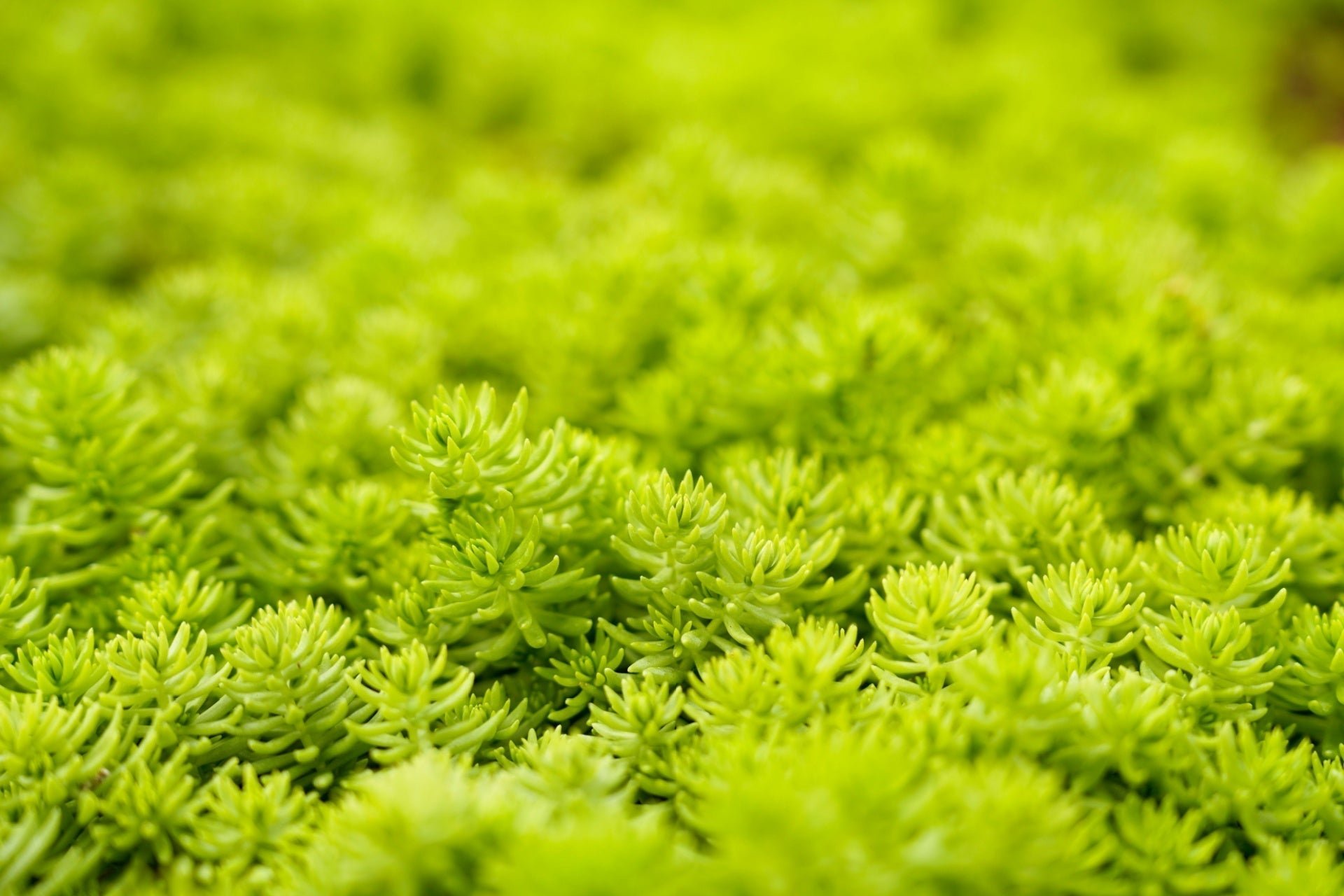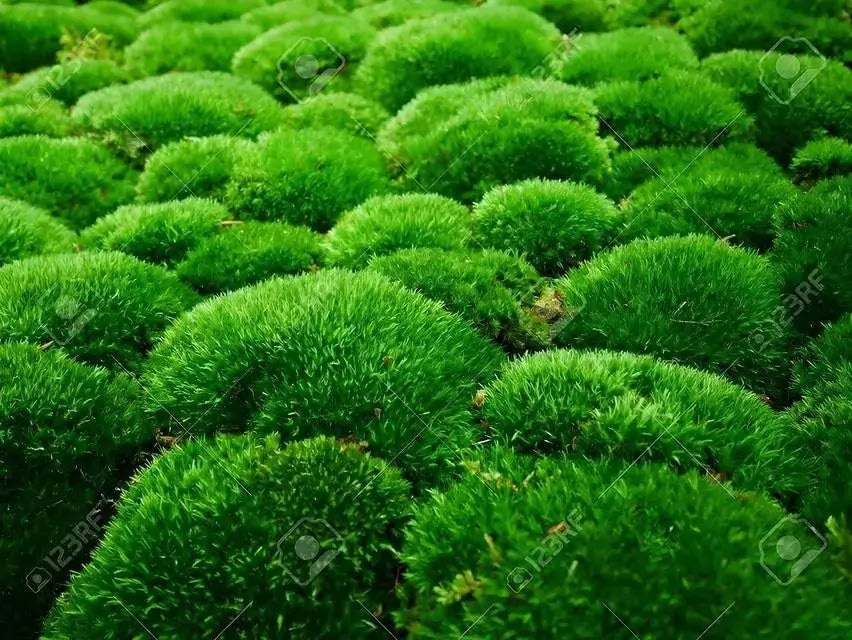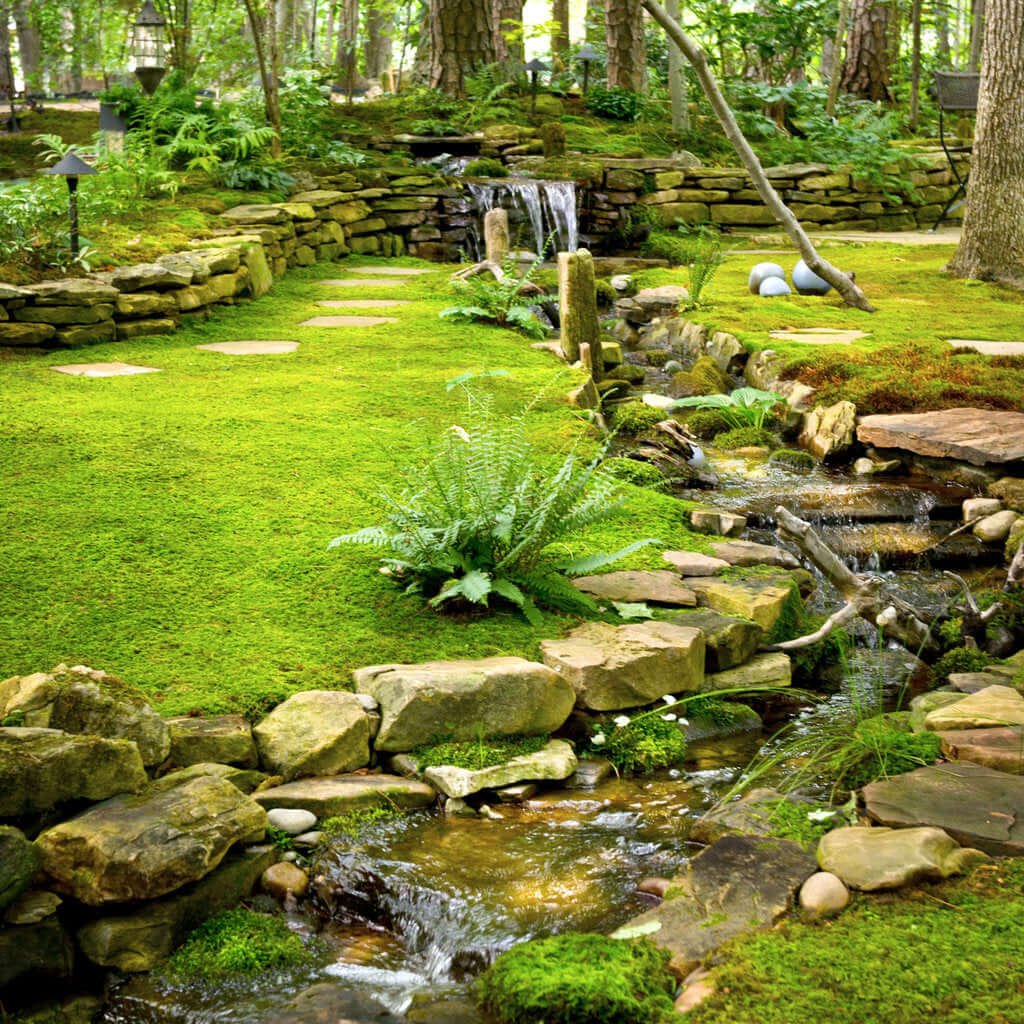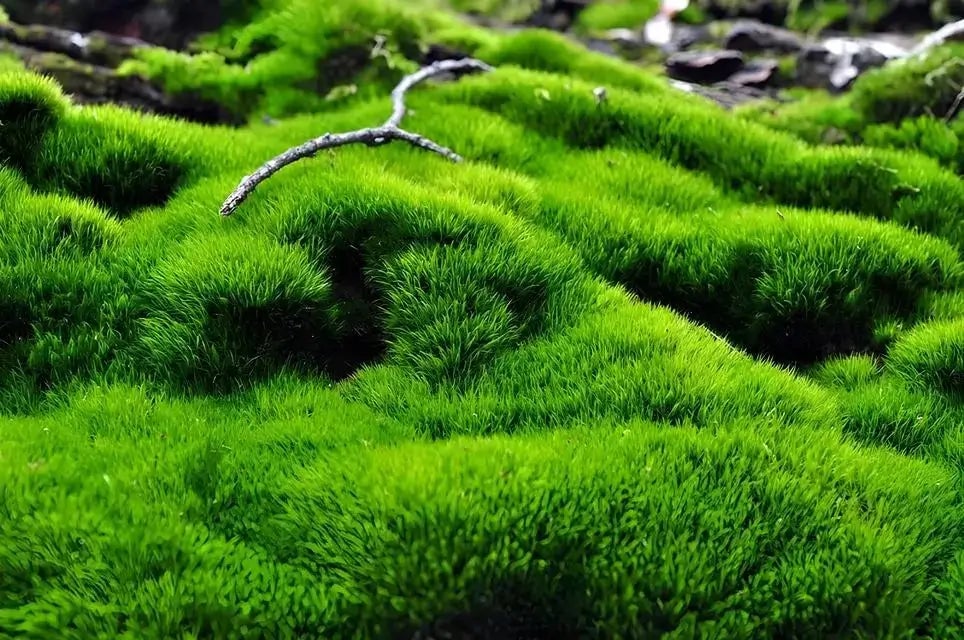Benefits Of Using Moss In Shade Gardens
Using moss varieties in landscaping and shade gardens proves appealing. It infuses lush greenery in spaces that might otherwise resist plant life. Types such as carpet moss, cushion moss, and hair cap moss rank among the more popular options because they can be strategically integrated into complete gardens and underserved spaces.
If you are a home or commercial property owner struggling to enhance a shaded area, moss may be the best solution. By understanding the benefits of moss and how popular options can function on your property, you can make plan decisions using moss.
Benefits of Integrating Moss into Shaded Areas
Moss requires extraordinarily little maintenance and care, making it a go-to option in sometimes barren areas. Moss typically requires little, if any, watering, which means property owners won’t experience high usage bills. Hardy and healthy moss can thrive in wide-reaching environments and under less-than-enviable soil conditions. And while moss seems like a simple plant-it-and-forget-it solution, the following benefits make its use even more appealing.
Drought Resistant: Property owners may be unable to maintain healthy plants when significant water shortages and droughts occur. Although several species of plants may die off, moss resists drought well. In worst-case scenarios, moss typically bounces back once it rains.
Green Friendly: Moss beds do not require fertilizers or supplements to flourish.
Erosion: Because moss tends to cover areas where other plants might not succeed, it sometimes blankets vulnerable landscapes. Moss acts as a natural defense during heavy rains and flash flooding.
Clean Water: When pollutants become entangled, moss can help filter them out before entering underground aquifers. That means moss helps protect everyday people from tainted drinking water.
Carbon Health: Moss growths absorb carbon from the air and promote fresh, breathable oxygen.
Home and commercial property owners with an eye toward environmentally friendly practices often find these and other moss benefits encouraging. They provide people with added reasons for beautiful landscapes using moss every day.

Popular Moss Options for Shade Gardens
Unlike other strategically used perennials, moss can act as a lawn and cover large swaths of land. They can also complement other assets in gardens that receive little sunlight. Many home gardeners and landscaping professionals plant moss under trees or deep woodsy areas. These three moss types rank among the popular options.
Carpet Moss: The name reflects precisely why this type remains a go-to asset. Carpet moss can cover large areas that receive little direct sunlight and enhance otherwise brown, unhealthy regions of a property.
Cushion Moss: This type of moss appears spongy and is preferred in small shade gardens. Cushion moss is an excellent garden accent and companion to other shade plants.
Hair Cap Moss: This variety can grow up to two feet. It delivers lush greenery in shaded areas and often proves invaluable as a gardening and landscaping solution.
These popular options highlight why homeowners and landscapers select healthy and hardy mosses to complete gardens and landscapes. Contact our nursery to learn about our complete inventory or answer any moss questions.
Read more
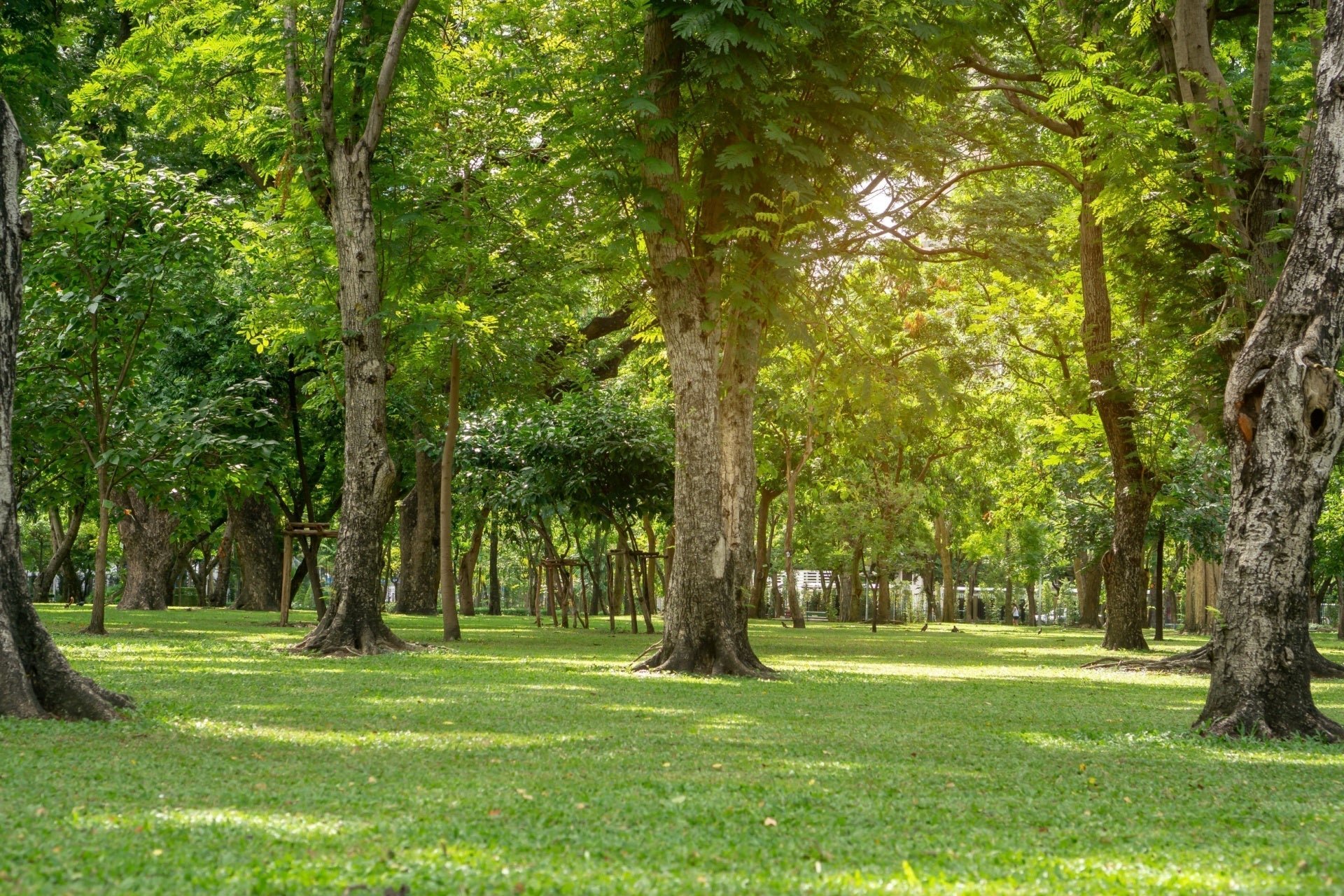
Trees add property value, shade, and habitat while reducing energy costs. Weeping Willows, Maples, and Oaks offer striking foliage, sturdy growth, and easy maintenance.

Enhance landscapes with shrubs for energy savings, wildlife habitats, property lines, and colorful blooms. Explore popular options like Burning Bush, Hydrangea, and Rose of Sharon.


